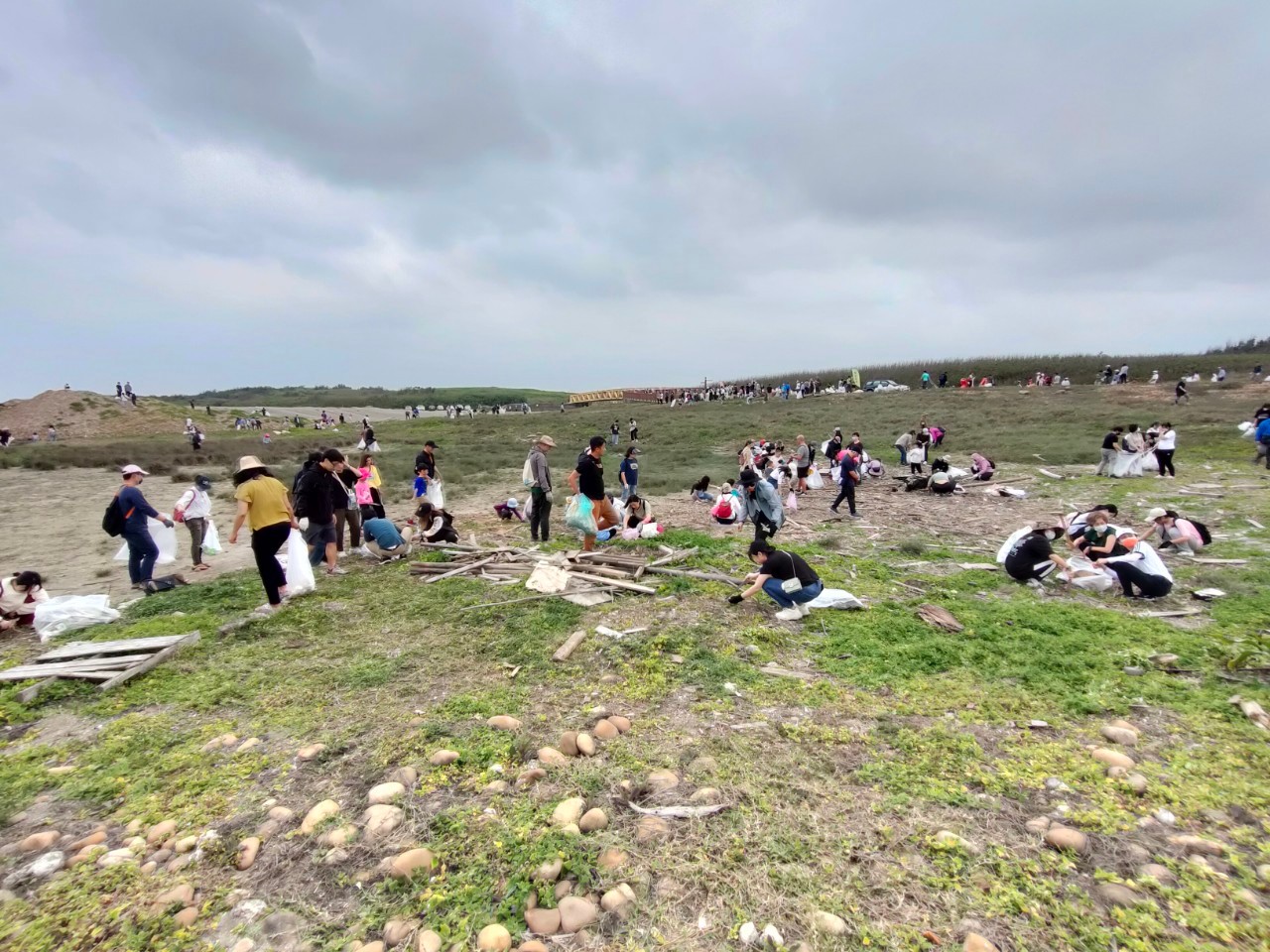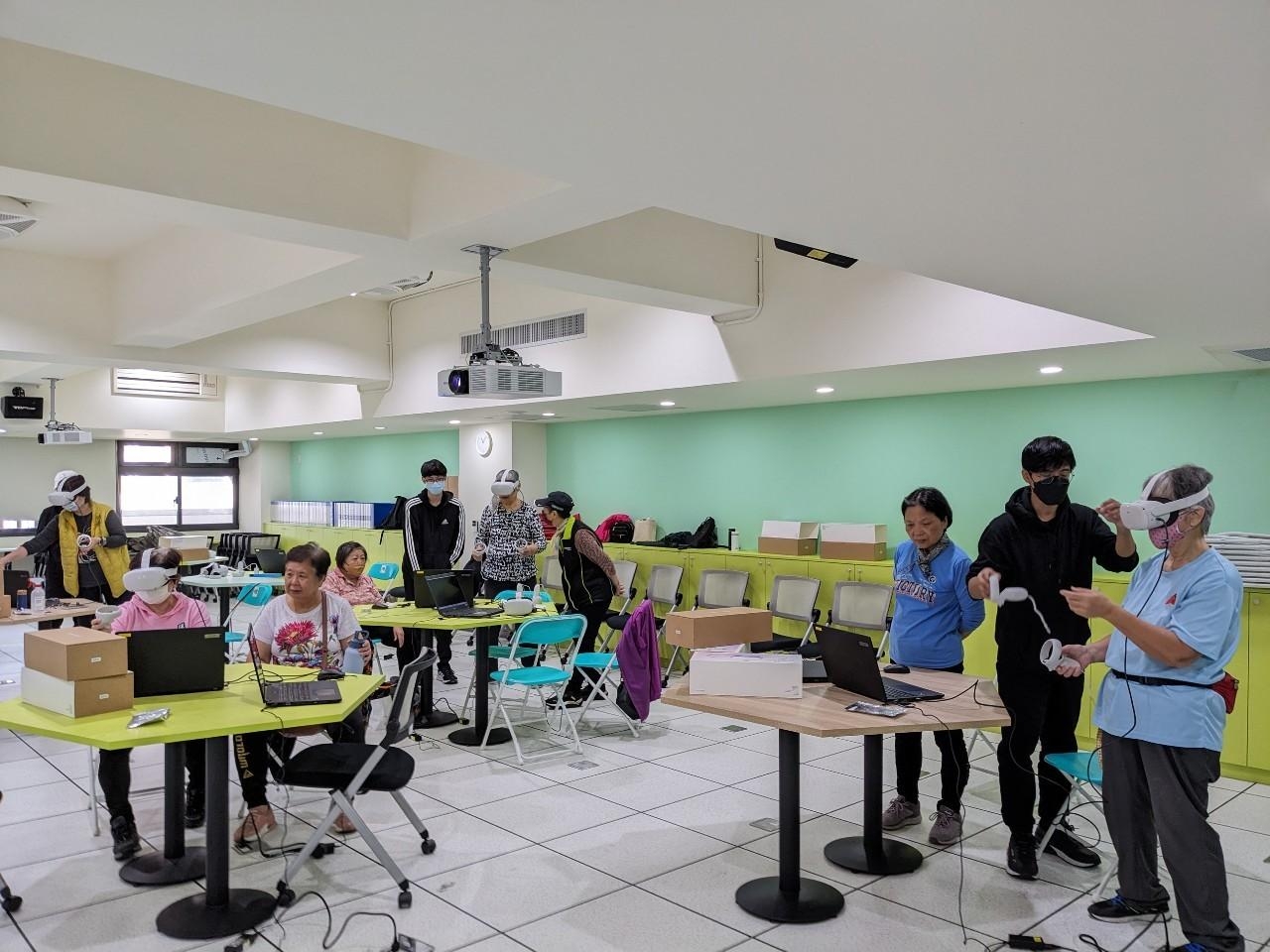首頁 » Courses » College of Business » Department of Information Management
Information Management
Instructor: LIAO, HSIU-LI
Service Recipients:
Haga Bay Tribal Industry Promotion Association, Guanghua Elementary School in Fuxing District, Guan Zhong ‧ Jivas Orchard, Dayong Elementary School, Neili Junior High School, Zhiping High School, Nankan High School, Taipei Volunteer Service Promotion Center, the International Charity Education Association of the Republic of China, the Seed Home Christian Holistic Care Association in Taitung County, and the Bulagu Fruits and Vegetables Production Cooperative.
Course Description:
This course enables students to practice management skills such as planning, organizing, leading, coordinating, and controlling through group-based service projects. Activities range from assisting elementary school students with basic computer operations and internet safety to enhance their technological literacy, to using information technology to help indigenous tribes market persimmons. Students also teach seniors how to use smartphones to improve their media and information literacy, document Atayal tribal culture to support the preservation of traditional weaving techniques and promote product sales, and introduce VR technology applications to improve reaction times, coordination, and attention spans in both the elderly and children.
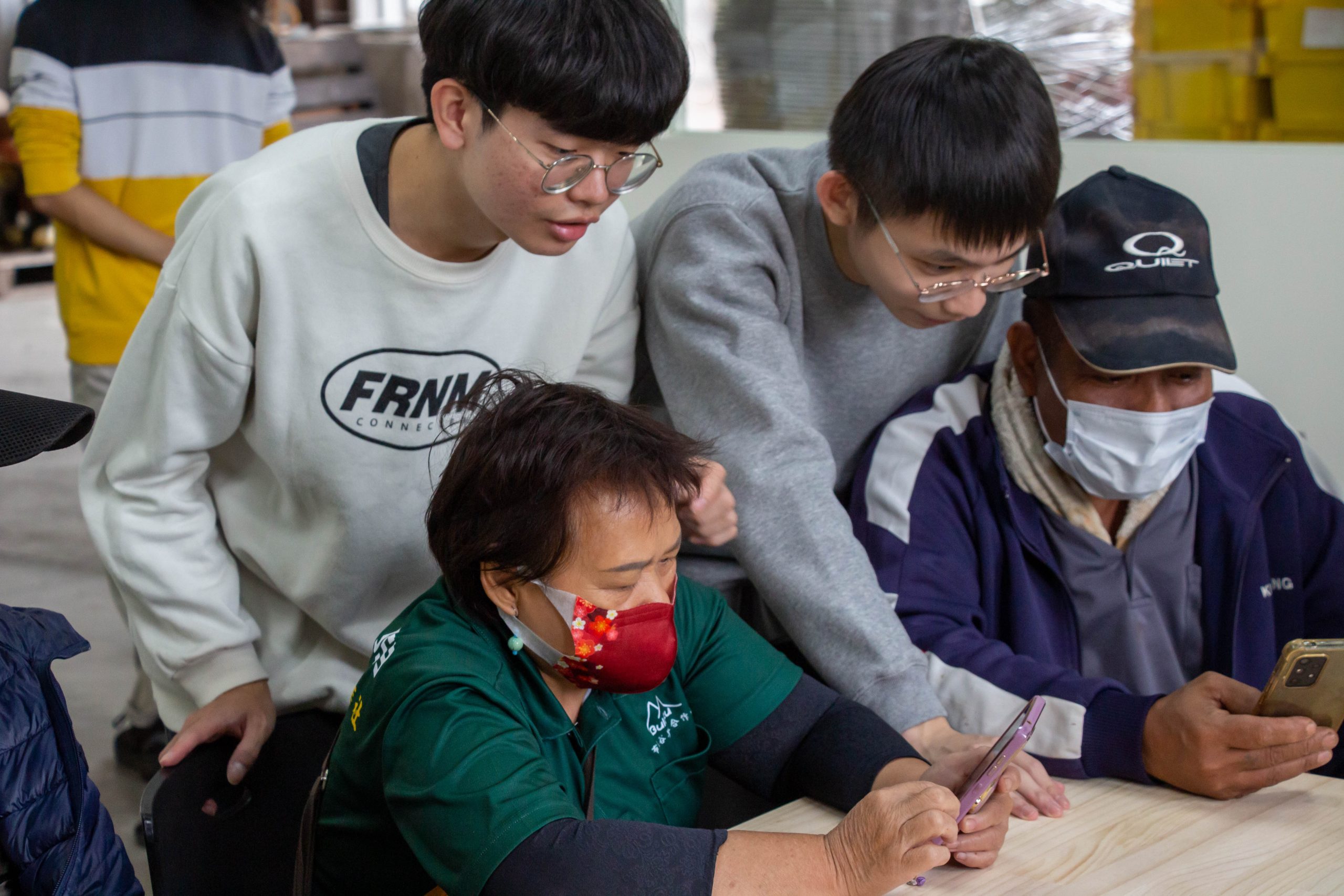
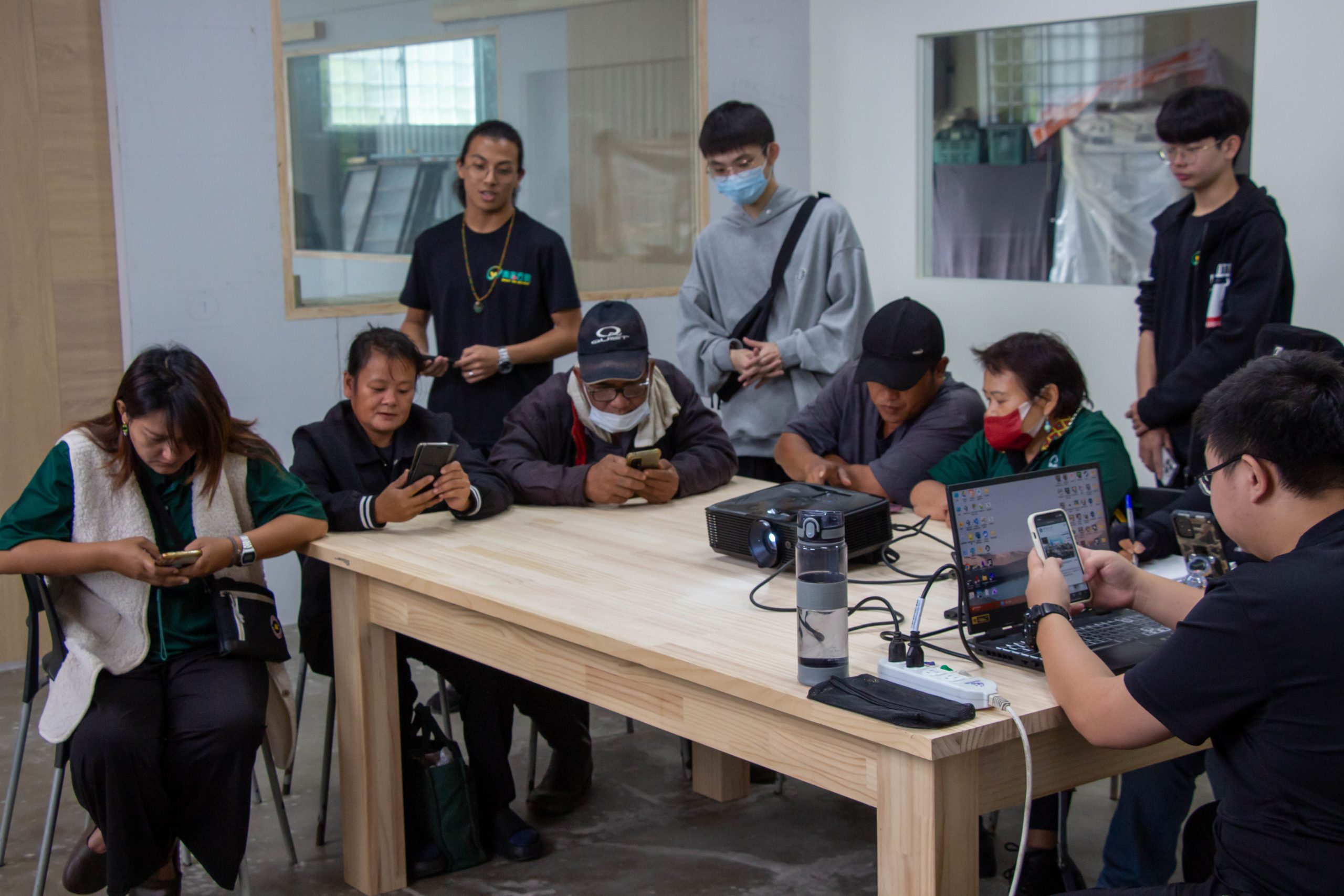
Management
- Instructor: CHO, TSAI-LUN
Service Recipients:
The service recipients include the Dandelion New Immigrant Service Association of Taoyuan City, the Zhenshanmei Social Welfare Foundation, the Xinwu Cat Shelter Volunteer Group, Puzhong Village in Zhongli District, Dayong Elementary School in Bade District, the Taiwan Coastal Cleanup Group, the Crying Turtle Group, the Taipei Volunteer Service Promotion Center, the Hsinchu Forest District Office of the Forestry Bureau under the Council of Agriculture, the Ocean Conservation Administration of the Ocean Affairs Council, the Eden Social Welfare Foundation, the Kangfu Intelligent Development Center, the Chung Yuan University Animal Service Club, RE-THINK, the Xinwu Oyster Coast Patrol Team, and the Love Girls International Care Association.Course Description
This course allows students to practice management functions such as planning, organizing, leading, coordinating, and controlling through group-based service projects. Activities include leading children in cleaning the Lao Jie River to maintain waterway cleanliness, collaborating with individuals with intellectual disabilities to conduct car wash fundraisers, cleaning cat shelters while promoting adoption awareness, and improving community living quality through environmental cleanups. Students also use Micro-bit to inspire children’s interest in information technology and logical thinking, participate in coastal cleanups in the Taoyuan area to protect marine ecosystems, and organize VR experience activities to introduce new technology to older adults. Additional efforts involve sewing cloth sanitary pads to support hygiene education for girls in Africa, providing educational support and rehabilitation training to increase awareness of children with disabilities, raising public awareness through invoice donation campaigns, and assisting the university’s animal service club in organizing dog shelter spaces and transporting food supplies.
